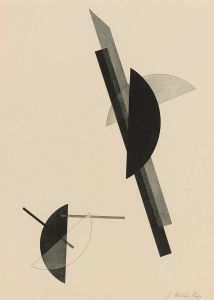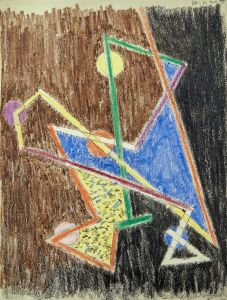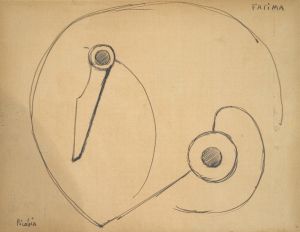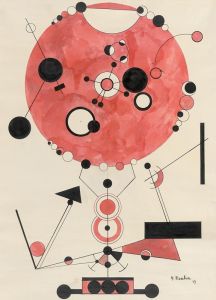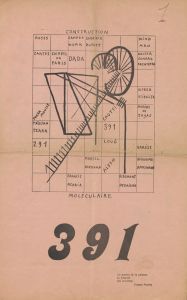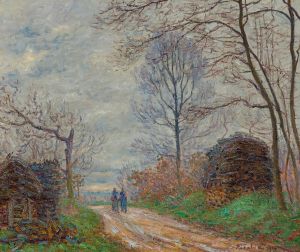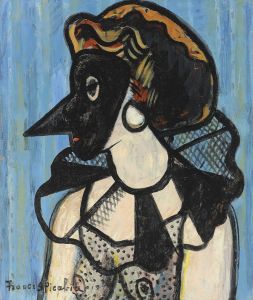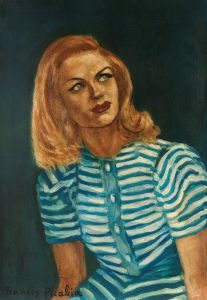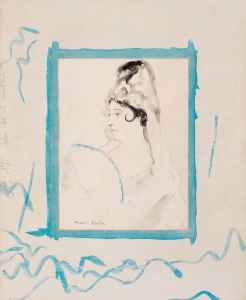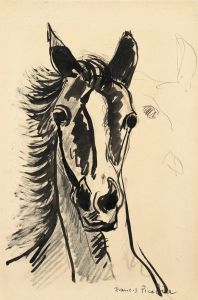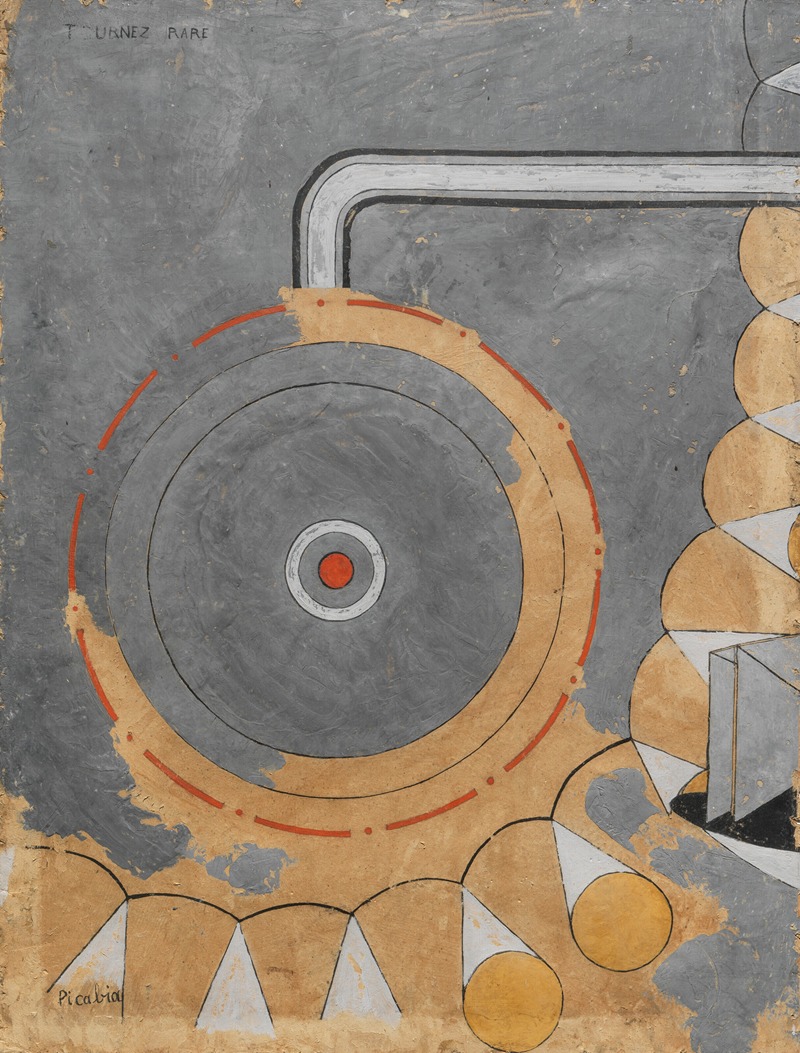
Tournez rare
A hand-painted replica of Francis Picabia’s masterpiece Tournez rare, meticulously crafted by professional artists to capture the true essence of the original. Each piece is created with museum-quality canvas and rare mineral pigments, carefully painted by experienced artists with delicate brushstrokes and rich, layered colors to perfectly recreate the texture of the original artwork. Unlike machine-printed reproductions, this hand-painted version brings the painting to life, infused with the artist’s emotions and skill in every stroke. Whether for personal collection or home decoration, it instantly elevates the artistic atmosphere of any space.
"Tournez rare" is a painting by the French avant-garde artist Francis Picabia, created around 1916-1918. Picabia was a key figure in the Dada movement, which emerged during World War I as a form of artistic anarchy that challenged traditional aesthetics and cultural norms. The Dadaists sought to reject the logic, reason, and aestheticism of modern capitalist society, instead embracing chaos and irrationality.
"Tournez rare" is a notable example of Picabia's work during his Dada period. The painting is characterized by its mechanical and abstract elements, which reflect Picabia's fascination with machines and technology. This interest was influenced by the rapid industrialization and technological advancements of the early 20th century, as well as by his interactions with other avant-garde artists and intellectuals.
The composition of "Tournez rare" features a complex arrangement of geometric shapes and mechanical forms, rendered in a monochromatic palette. The title, which translates to "Turn Rare" in English, is enigmatic and open to interpretation, typical of Dadaist works that often employed nonsensical or provocative titles to challenge viewers' perceptions and expectations.
Picabia's use of mechanical imagery in "Tournez rare" can be seen as a critique of the dehumanizing effects of industrialization and the mechanization of society. By incorporating machine-like forms into his art, Picabia blurred the boundaries between human and machine, organic and inorganic, and art and technology. This approach was revolutionary at the time and contributed to the development of modernist art.
Throughout his career, Picabia was known for his eclectic and experimental style, constantly evolving and exploring new artistic directions. His work during the Dada period, including "Tournez rare," played a significant role in shaping the movement and influencing subsequent generations of artists.
"Tournez rare" is housed in the collection of the Museum of Modern Art (MoMA) in New York City, where it continues to be an important piece for understanding the Dada movement and Picabia's contributions to modern art. The painting exemplifies Picabia's innovative approach and his ability to merge art with contemporary cultural and technological themes.
In summary, "Tournez rare" by Francis Picabia is a seminal work from the Dada period, reflecting the artist's engagement with mechanical imagery and his critique of industrial society. The painting's abstract and enigmatic nature challenges traditional artistic conventions and remains a significant piece in the history of modern art.







